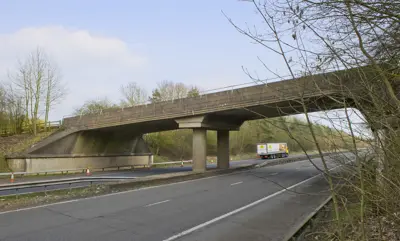Timeline of archaeological and cultural periods in Northamptonshire
The Palaeolithic (1,000,000 BC to 10,000 BC)
The Palaeolithic period covers nearly one million years. Britain was only intermittently occupied by communities of hunter gatherers during warmer periods. Characterised by stone handaxes. There are relatively few sites in the county, although Palaeolithic artefacts were found in conjunction with woolly rhinoceros remains at Ecton Sewage Works.
The Mesolithic (10,000 BC to 4,000BC)
This period starts after the last Ice Age and has distinct lithic artefacts known as microliths. There are several significant Mesolithic sites in Northamptonshire, including Honey Hill, Elkington.
The Neolithic (4,000 BC to 2,000 BC)
The Neolithic saw a gradual change from a nomadic lifestyle to settled, agricultural communities. Pottery is developed during this period. Large-scale monuments such as long barrows and henges are first built. There are no stone circles in Northamptonshire, but several henge-type monuments, such as Cotton Henge, and long barrows, including two identified near Flore, have been found. A very unusual mortuary deposit has been excavated at Banbury Lane.
Find Neolithic monument records here.
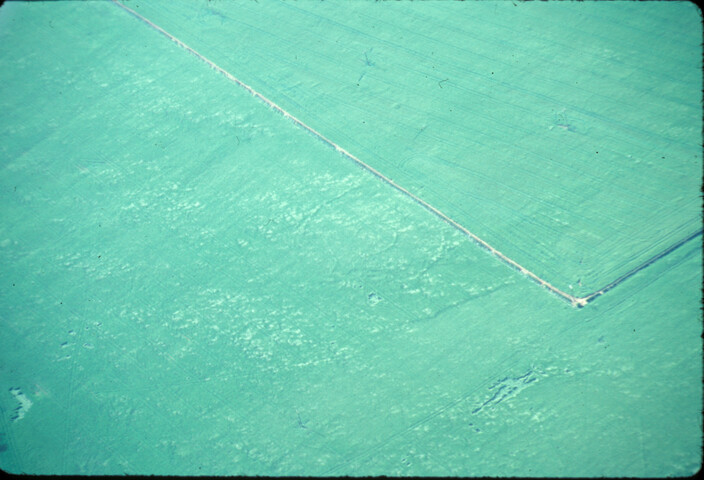
The Bronze Age (2,000 BC to 800 BC)
During this period the change to a society reliant on farming was complete. The introduction of bronze-working technology meant that stone tools were gradually replaced by metal ones. There are a large number of burial mounds, known as barrows, known in the county, but still little evidence of settlement. A barrow cemetery was excavated as part of the Raunds Area project in the 1980s and included a triple-ditched barrow with beaker inhumation.
The Iron Age (800 BC to 43 AD)
This period is defined by the replacement of bronze by iron as the main material for tools and weapons. In Northamptonshire, there is a dramatic increase in settlement; a significant proportion of the cropmarks identified on aerial photographs date to the later Iron Age. There are a number of hillforts, defended places surrounded by one or more circuits of banks and ditches, including Hunsbury Hillfort in Northampton and Borough Hill in Daventry.
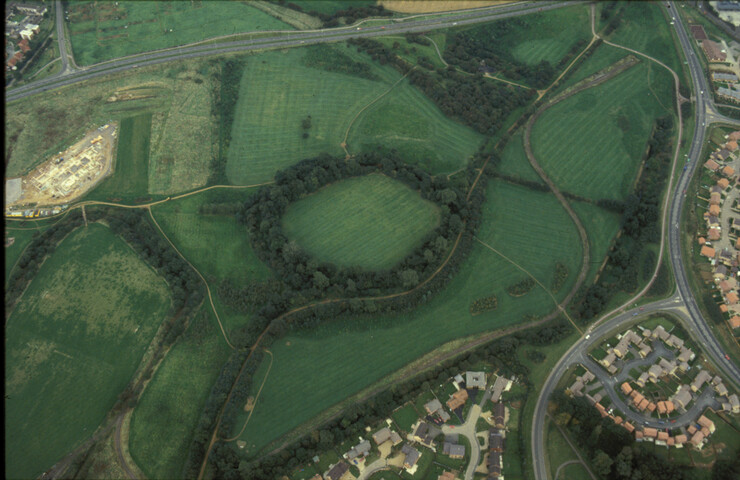
Roman (43 AD to 410 AD)
Britain was invaded by four legions of the Roman army in 43 AD and much of the country was rapidly conquered. The Claudian conquest fundamentally changed many aspects of everyday life in England. The landscape of Northamptonshire is typified by intensely occupied and large scale rural landscapes. So-called 'small towns', including Irchester and Towcester, have been identified across the county connected by a network of roads.
Early medieval (410 AD to 1066 AD)
This period is associated with the Anglo-Saxons and Vikings in England and was defined by increased migration from the continent and a decrease in urban living. Dispersed settlement and cemeteries, including at Wakerley and Overstone of the earlier part of the period are found across the county. Significant settlement originated in the 8th century in Northampton with the construction of a series of large timber halls and early churches include Earls Barton and Brixworth.
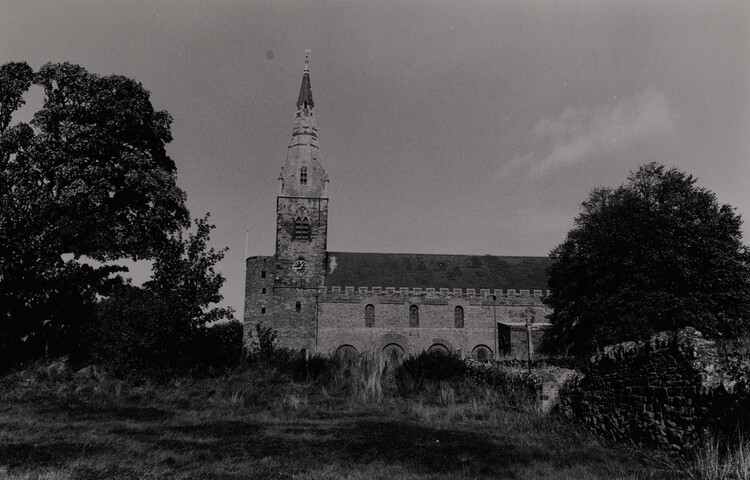
Medieval (1066 AD to 1540 AD)
The medieval period begins with the Norman Conquest in 1066 and ends with the Dissolution of the Monasteries by Henry VIII in 1540. Northampton was an important medieval town, with a royal castle, numerable religious foundations such as St Andrews Priory and Delapre Abbey The rural landscape of the county is characterised by earthworks of shrunken and deserted settlements and ridge and furrow of the former open fields, such as the villages of Winwick with the Scheduled Monument area.
Post Medieval (1540 AD to 1901 AD)
The post medieval period witnessed seismic cultural, political and economic changes, perhaps most significantly the Industrial Revolution. Many of the county's most important country houses were constructed in this period, including Kirby Hall and Easton Neston House. A major battle of the mid 17th century Civil War was fought at Naseby.
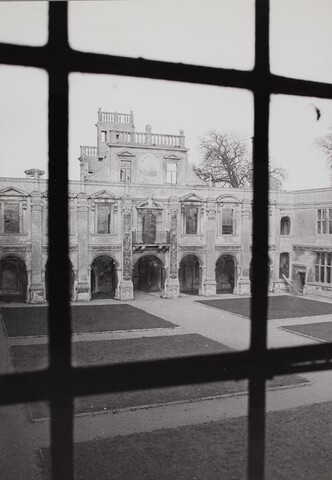
Although Northamptonshire predominantly remained a rural county, many of its towns were dominated by the boot and shoe industry. Factories were constructed from the middle of the 19th century.
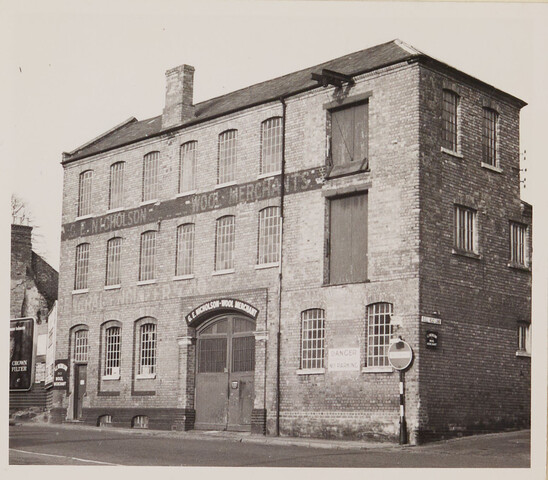
20th century
The 20th century was dominated by two World Wars. Transport networks were improved with consequent growth of the suburbs. Remains of the defence infrastructure resulting from both World Wars and the subsequent Cold War can be seen across the county. Some, such as the Thor Missile site at Harrington, have been designated.
